SDG GOAL 12
RESPONSIBLE CONSUMPTION
Ensure sustainable consumption and production patterns
|
|
|
|
DIRECT NAVIGATION TO INDIVIDUAL WEBPAGE FOR EACH GOAL
|
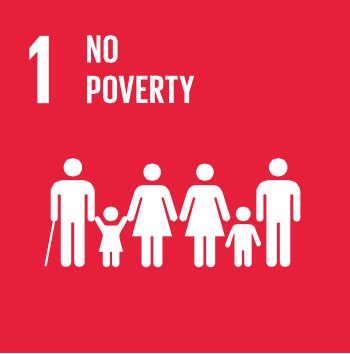
|
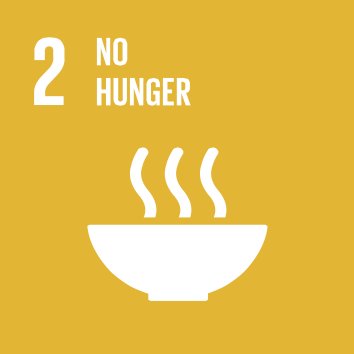
|
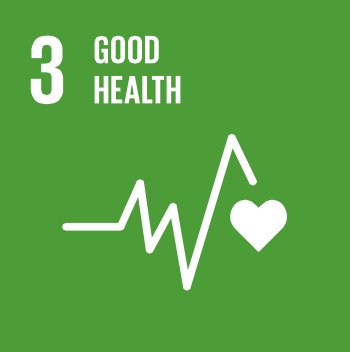
|
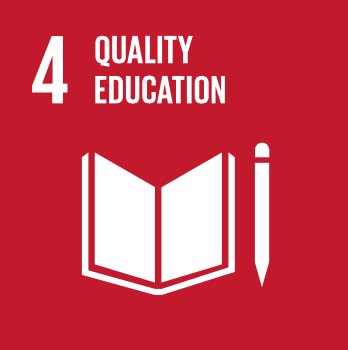
|
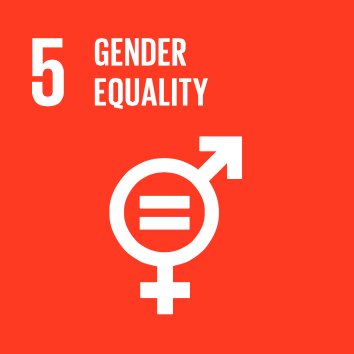
|
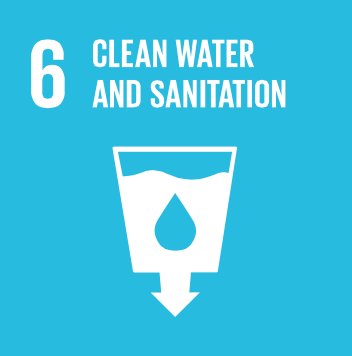
|
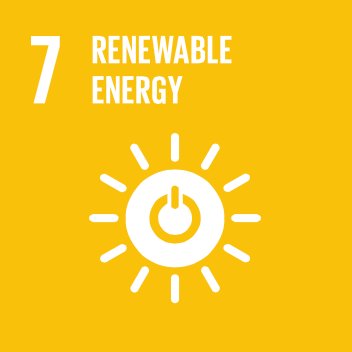
|
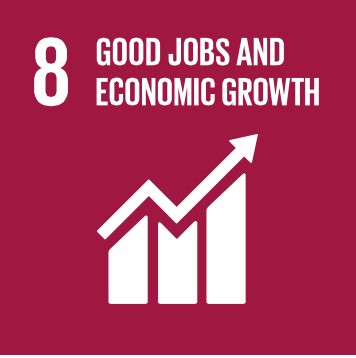
|
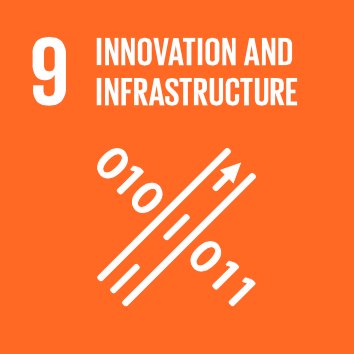
|
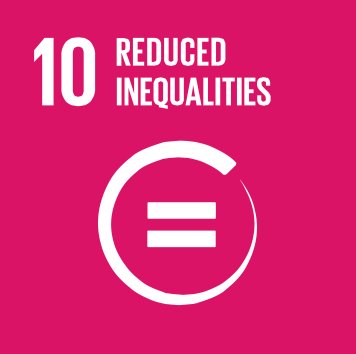
|
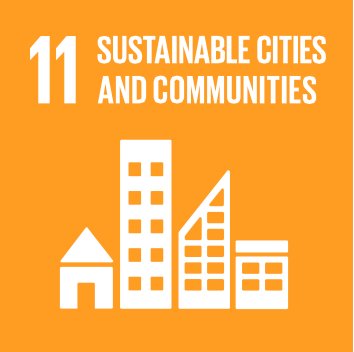
|
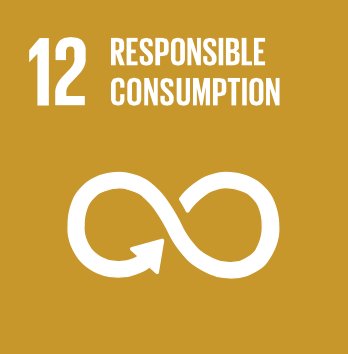
|
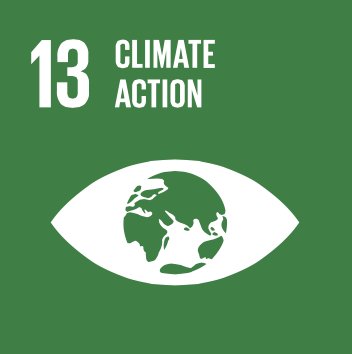
|
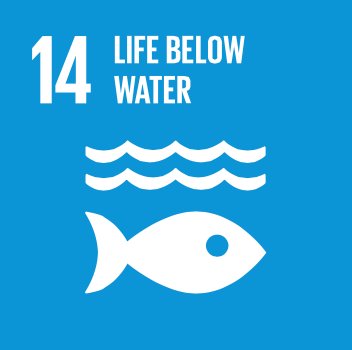
|
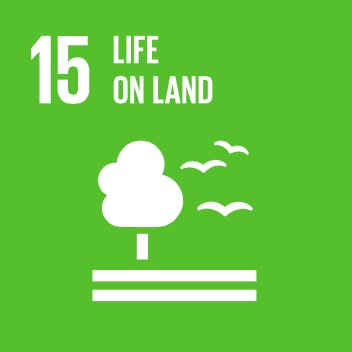
|
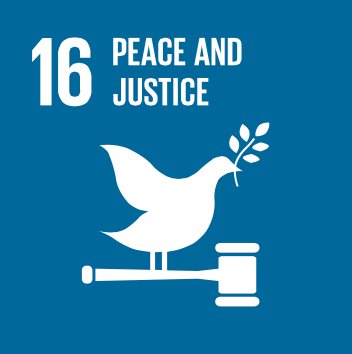
|
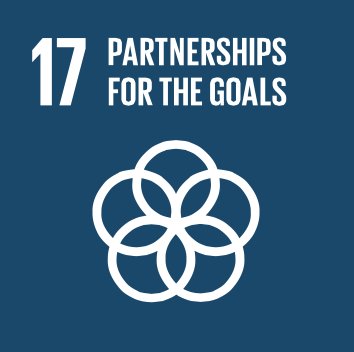
|
|
SDG GOAL 12 ... RESPONSIBLE CONSUMPTION
Ensure sustainable consumption and production patterns
|

|
GOAL 12. RESPONSIBLE CONSUMPTION ... Ensure sustainable consumption and production patterns
|
|
|
Goals and targets
|
Indicators
|
|
|
12.1
|
Implement the 10-Year Framework of Programmes on Sustainable Consumption and Production Patterns, all countries taking action, with developed countries taking the lead, taking into account the development and capabilities of developing countries
|
12.1.1 Number of countries with sustainable consumption and production (SCP) national action plans or SCP mainstreamed as a priority or a target into national policies
|
|
|
12.2
|
By 2030, achieve the sustainable management and efficient use of natural resources
|
12.2.1 Material footprint, material footprint per capita, and material footprint per GDP
12.2.2 Domestic material consumption, domestic material consumption per capita, and domestic material consumption per GDP
|
|
|
12.3
|
By 2030, halve per capita global food waste at the retail and consumer levels and reduce food losses along production and supply chains, including post-harvest losses
|
12.3.1 Global food loss index
|
|
|
12.4
|
By 2020, achieve the environmentally sound management of chemicals and all wastes throughout their life cycle, in accordance with agreed international frameworks, and significantly reduce their release to air, water and soil in order to minimize their adverse impacts on human health and the environment
|
12.4.1 Number of parties to international multilateral environmental agreements on hazardous waste, and other chemicals that meet their commitments and obligations in transmitting information as required by each relevant agreement
12.4.2 Hazardous waste generated per capita and proportion of hazardous waste treated, by type of treatment
|
|
|
12.5
|
By 2030, substantially reduce waste generation through prevention, reduction, recycling and reuse
|
12.5.1 National recycling rate, tons of material recycled
|
|
|
12.6
|
Encourage companies, especially large and transnational companies, to adopt sustainable practices and to integrate sustainability information into their reporting cycle
|
12.6.1 Number of companies publishing sustainability reports
|
|
|
12.7
|
Promote public procurement practices that are sustainable, in accordance with national policies and priorities
|
12.7.1 Number of countries implementing sustainable public procurement policies and action plans
|
|
|
12.8
|
By 2030, ensure that people everywhere have the relevant information and awareness for sustainable development and lifestyles in harmony with nature
|
12.8.1 Extent to which (i) global citizenship education and (ii) education for sustainable development (including climate change education) are mainstreamed in (a) national education policies;
(b) curricula; (c) teacher education; and (d) student assessment
|
|
|
12.a
|
Support developing countries to strengthen their scientific and technological capacity to move towards more sustainable patterns of consumption and production
|
12.a.1 Amount of support to developing countries on research and development for sustainable consumption and production and environmentally sound technologies
|
|
|
12.b
|
Develop and implement tools to monitor sustainable development impacts for sustainable tourism that creates jobs and promotes local culture and products
|
12.b.1 Number of sustainable tourism strategies or policies and implemented action plans with agreed monitoring and evaluation tools
|
|
|
12.c
|
Rationalize inefficient fossil-fuel subsidies that encourage wasteful consumption by removing market distortions, in accordance with national circumstances, including by restructuring taxation and phasing out those harmful subsidies, where they exist, to reflect their environmental impacts, taking fully into account the specific needs and conditions of developing countries and minimizing the possible adverse impacts on their development in a manner that protects the poor and the affected communities
|
12.c.1 Amount of fossil-fuel subsidies per unit of GDP (production and consumption) and as a proportion of total national expenditure on fossil fuels
|
|
INDICATORS / WORKING NOTES
Goal 06 ... Proposed Indicators 77 to 81
Potential and Illustrative Core Indicators
|
|
Indicator 77:
|
Global Food Loss Indicator [or other indicator to be developed to track the share of food lost or wasted in the value chain after harvest]
Rationale and definition: Food losses through inefficiencies in the food production chain and waste are
widespread in all countries. At present, direct data on food losses and waste is sparse and difficult to
compare internationally. This is partly explained by the high cost of directly measuring losses and waste for
numerous categories of food products and across different stages from harvest to final consumption. In view
of the importance of food losses and waste, a basic indicator is needed to track progress over time. FAO is
currently developing the Global Food Loss Indicator, which is expected to be available by end of 2015 but
remains to be validated. The index is based on a model using observed variables that conceivably influence
food losses (e.g. road density, weather, pests) to estimate quantitative losses. Data on these variables are
available from several sources, including country statistics, FAOSTAT, WFP’s Logistics Capacity index, World
Road Statistics, etc. In addition, depending on their priorities and monitoring systems, countries may adopt
other indicators to more directly track food losses and/or waste for agricultural product categories of highest
priority to their food and nutrition security.154
Disaggregation: Opportunities for disaggregation to be reviewed once the indicator has been defined.
Comments and limitations: Significant efforts will be necessary to create a baseline for food loss and waste.
Staple crops that are often combined after harvest for processing will usually provide better data for food
loss. Crops grown on a small scale and/or consumed directly by the household farm will be much more
difficult to assess, yet they are the crops that tend to experience the highest food losses.
Preliminary assessment of current data availability by Friends of the Chair: C
Potential lead agency or agencies: FAO.
|
|
|
Indicator 78:
|
Consumption of ozone-depleting substances (MDG Indicator)
Rationale and definition: This indicator measures the consumption trends for ozone-depleting substances
(ODS) controlled under the Montreal Protocol on Substances that Deplete the Ozone Layer, thereby allowing
inference of the amounts of ODS being eliminated as a result of the protocol. It is expressed in ODP Tons,
which is defined as the Metric Tons of ODSs weighted by their Ozone Depletion Potential (ODP).155
Disaggregation: To be reviewed.
Comments and limitations: The Montreal and the Vienna Convention for the Protection of the Ozone Layer
target the complete phase-out of use of ODS.
Preliminary assessment of current data availability by Friends of the Chair: A
Potential lead agency or agencies: The UNEP Ozone Secretariat collects internationally comparable data.
154 FAO, IFAD and WFP, (2014), Food security, nutrition and sustainable agriculture in the post-2015 agenda: priority targets and
indicators identified by FAO, IFAD and WFP, Working group paper, FAO: Rome.
155 For more information on emissions of ozone-depleting substances and their contribution to planetary boundaries, see Rockström
et al., (2009).
Revised working draft (July 25, 2014)
86
|
|
|
Indicator 79:
|
Aerosol optical depth (AOD)
Rationale and definition: This indicator measures total aerosols (e.g. urban haze, smoke particles, desert
dust, sea salt) distributed within a column of air from the Earth's surface to the top of the atmosphere.
Disaggregation: This indicator can be reported with a high degree of spatial disaggregation.
Comments and limitations: To be reviewed.
Preliminary assessment of current data availability by Friends of the Chair: To be determined.
Potential lead agency or agencies: Satellites collect the data for this indicator so it can be available for all
countries. An agency such as UNEP could be responsible for collecting internationally comparable data
across all countries.
|
|
|
Indicator 80:
|
[Share of companies valued at more than [$1 billion] that publish integrated reporting]— Indicator to be developed
Rationale and definition: Today, most companies report only on their financial results without regard to their
social and environmental impacts. As a result their investor may not be aware of their full risk exposure.
Likewise, society does not know a company’s contribution to sustainable development. Several integrated
reporting standards have been developed that track the social and environmental externalities of
businesses. One prominent example is the International Integrated Reporting Council (IISC). We propose
that an indicator be created to track the percentage of large companies (i.e. larger than [US$1 billion,
measured in PPP]) that prepare integrated reports that are consistent with the SDGs and conform to
standards that would need to be defined.
Disaggregation: This indicator can be disaggregated by sector of activity, ownership (listed vs. privately held
or public companies), and other characteristics.
Comments and limitations: The standards and methodologies tracked by this indicator need to be defined. In
particular, the indicator would need to specify standards for integrated reporting that can be applied in a
wide range of jurisdictions.
Preliminary assessment of current data availability by Friends of the Chair: B
Potential lead agency or agencies: The Global Compact, the World Business Council for Sustainable Development (WBCSD), and/or the International Integrated Reporting Council (IIRC) could track such an indicator.
|
|
|
Indicator 81:
|
Publication of resource-based contracts
Rationale and definition: This indicator measures whether resource-based contracts between governments
and business, including those related to extractive resource exploration and production, as well as
agriculture and forestry operations, are published in a timely manner. Contract transparency is an essential
precondition to ensuring that all parties benefit from large-scale resource investments. Secrecy can be a
convenient way to hide power imbalances, incompetence, mismanagement, and corruption. Disclosure is a
necessary precursor for the coordinated and effective management of the sector by government agencies. It
also allows citizens to monitor contracts in areas such as environmental compliance and the fulfillment of
social commitments. Contract transparency also provides incentives: government officials can be deterred
from seeking their own interests over the population’s and, over time, governments can also increase their
bargaining power by gauging contracts from around the world.156
156 Collier, P and Antonio, P. et al., (2013), Harnessing Natural Resources for Sustainable Development: Challenges and Solutions,
Paris, France and New York, USA: SDSN.
Revised working draft (July 25, 2014)
87
This indicator measures whether resource-based contracts between governments and business, including
those related to extractive resource exploration and production as well as agriculture and forestry
operations, are publicly published in a timely manner. Based on the rating system for the extractive industry
by the Resource Governance Index,157 the indicator would be constructed so that a government can receive
one of four ratings:
• 100 = Yes, all valid or approved contracts are published in full,
• 67 = Yes. The majority of contracts are published in full but there are some projects, contracts or
licenses that have not been published,
• 33 = Some contracts are published but there are no clear rules for publishing and this remains rare,
• 0 = No. Contracts are not published.
We propose that available indicators for the extractives industries be expanded to also include large-scale
investments in agriculture, forestry, fishing concessions, and other large natural resources contracts.
Disaggregation: This indicator can be disaggregated by industries and commodities.
Comments and limitations: To be reviewed.
Preliminary assessment of current data availability by Friends of the Chair: C
Potential lead agency or agencies: UN Global Compact, EITI, and/or UNCTAD.
|
|
|
|
Additional indicators that countries may consider:
• [Strategic environmental and social impact assessments required]— Indicator to be developed.
This indicator measures whether strategic environmental and social impact assessments are
required for all resource-based projects.
• [Indicator on chemical pollution] - to be developed. Chemical pollution is a critical dimension of
global environmental change, but it is very difficult to measure on an internationally comparable
basis. Several indicators exist for specific pollutants, but they are typically available only in a small
subset of countries and measure only a small share of chemical pollution.
• [Indicator on toxic chemicals] - to be developed. This indicator would measure safety and exposure
to key toxic chemicals that affect human health and ecosystem functions.
• [Indicator on policies for sustainable tourism] - to be developed: this indicator would measure
policies on sustainable tourism.
• CO2 intensity of the building sector and of new buildings (KgCO2/m2/year). The building sector
(residential and commercial) accounts for a large share of greenhouse gas emissions around the
world. This indicator is defined as the volume of CO2 emissions (measured in kilograms) per unit of
building surface (measured in square meter) and per year. The indicator is reported for the exiting
building stock and new buildings added during the year.
• [Legislative branch oversight role regarding resource-based contracts and licenses]— Indicator to
be developed. This indicator measures the existence and enforcement of a legislative framework
around natural resources.
157 See Resource Governance Index website: http://www.revenuewatch.org/rgi
Revised working draft (July 25, 2014)
|
|
|
|
|

